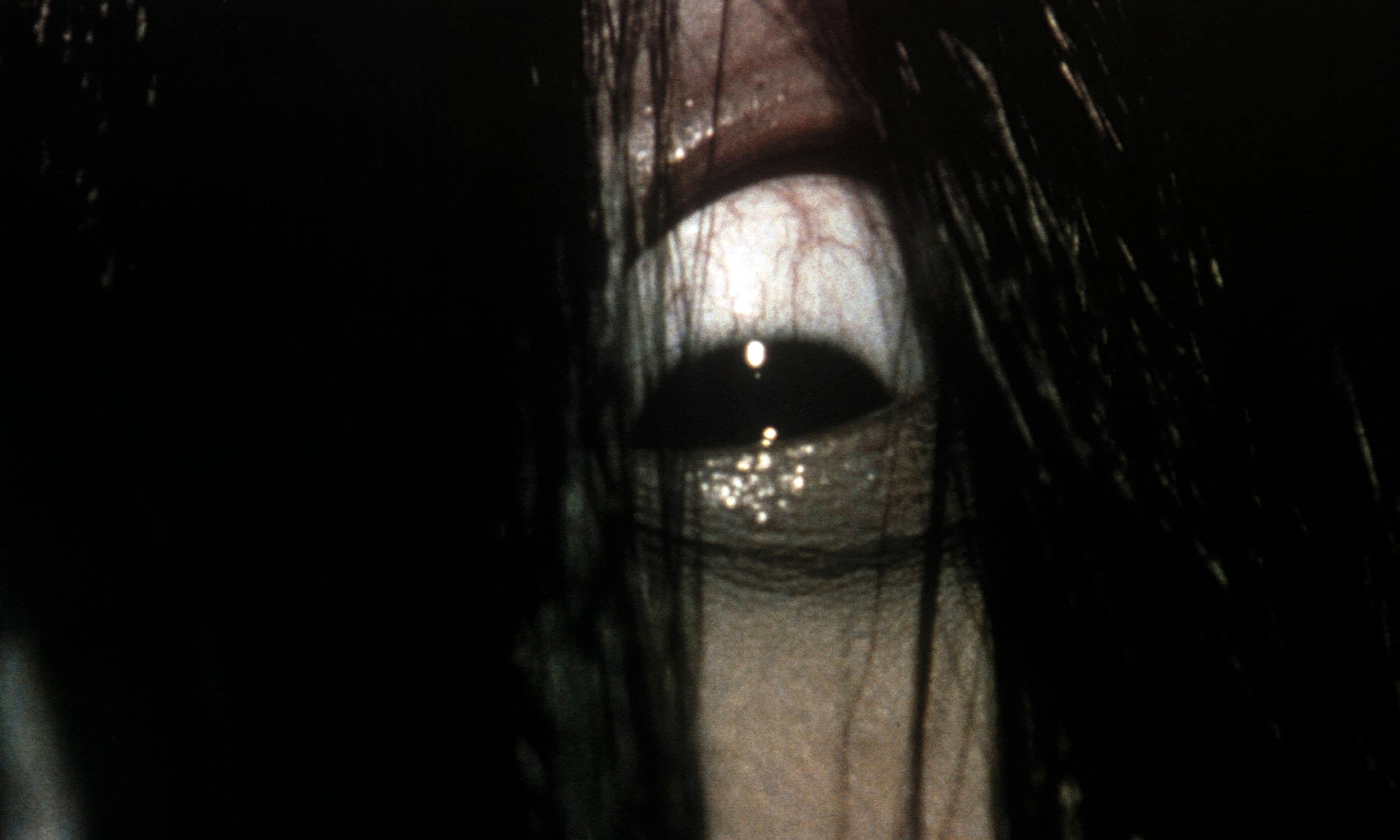I was surprised to learn that Hollywood loved Japanese horror films so much in the early 2000’s that it made America remakes of the most successful ones. I’ve seen “Ringu” and “Ju-On: the Grudge”, two of the most famous Japanese horror films here, and started thinking what about these movies could have captured American audiences so much. From the outset, it’s clear that Japanese horror loves a good villain, like Sadako and Toshio, the same way American horror does, like with Freddy Krueger and Jason Voorhees. All of these characters were born human but gained supernatural powers over time. Toshio from “The Grudge” and Jason Voorhees from “Friday the 13th” are more sympathetic villains because (spoilers) they were abused by their families before their death and want revenge for how they died, while Sadako from “Ringu” and Freddy Krueger from “A Nightmare on Elm Street” are scary from the start of the movie because unbeknownst to the viewer, they killed innocent people while alive before dying and taking on demonic powers that allow them to seek new victims in the afterlife. The motivations of these villains aren’t unfamiliar to American audiences.
At the same time, I’m not surprised “Ringu” made Hollywood sit up and take notice. The movie blends supernatural horror and psychological thriller to weave a complex plot about Reiko, a journalist and single mother, on the hunt for the mysterious entity killing teenagers across Japan via VHS tape. Not only is the movie entertaining because the mysterious case keeps you guessing who is behind the murders, but it is innovative on an artistic level as well. The movie puts the literary archetype of the vengeful ghost from Japanese literature into a contemporary setting. This is represented by the ghost behind the murders adapting to modern technology in order to haunt more people. Released in 1998, the movie captures this unease with how past horrors will exist in society after the turn of the millennium, a concern that I’m sure is relatable to developed nations like America. Additionally, the film provides social commentary on the changing role of women in Japanese society by having Reiko neglect her son more and more as the case goes on while Sadako kills more and more people. It is a pessimistic movie in that it puts women attempting impossible “double shifts” as professionals and homemakers on the same footing as past horrors developing alongside society in the future. I can’t tell if the movie is sympathetic to Reiko’s struggles to be a good mom, but this parallel plot raises the stakes of an already horrible mystery.
What I think cements “Ringu” as an instant classic is Sadako. She doesn’t have to appear much to make a grand entrance after seeing her infamous VHS tape and her increasing body count. The VHS tape almost looks like a bizarre art film but in reality has clues that let Reiko find Sadako, making the ghost’s capabilities and motivation unknown. The scene where Sadako finally reveals herself is horrifying because it juxtaposes the strange footage of her VHS tape with the deaths of her victims, suggesting she is in control of the afterlife in addition to her existence on Earth, letting her bend the rules dividing the present from the past and art from real life. She conveys her great power and anger without saying a word. By confirming Reiko’s worst fears of who could be killing without leaving a trace, the movie combines the best of psychological horror with the paranormal, an achievement that is essential viewing for any horror fan.



Leave a Reply
Be the First to Comment!